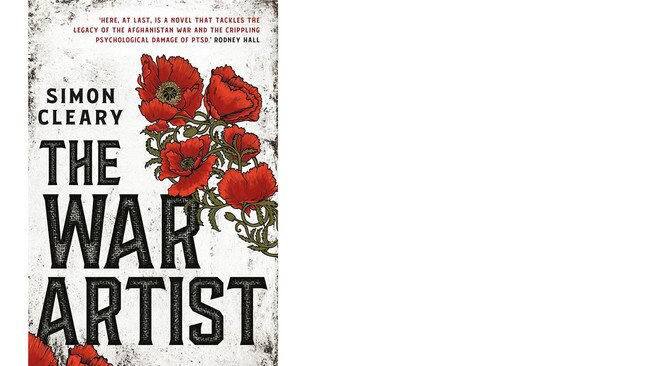The price our soldiers pay
World War I produced an astonishing collection of diaries, poems and novels written by soldiers.

World War I produced an astonishing collection of diaries, poems and novels written by soldiers. One of the reasons for this was that most of the them were not professional servicemen. They disobeyed their superiors by keeping diaries, and if they hadn’t written what they did we would have only the official accounts.
The Vietnam War was different in that it was journalists and cameramen who brought home to the civilians the horror and futility of that debacle. Determined not to make that mistake again, the Australian Defence Force made sure only the official version of our war in Afghanistan was given to the public back home.
The ADF and the federal government hoped to avoid the glaring disparity between the propaganda that was spouted by army officials and the reality.
Another reason for this myopic attitude is that the ADF tried to manipulate the fighting and the soldiers to fit into the heroic narrative of the Anzac myth. It’s no wonder that the fastest growing section of the ADF is it public relations departments.
Only a select few journalists, such as Chris Masters for his book Uncommon Soldier, have been able to get close to the complex reality of the fighting. Australian novels, poems and diaries about the conflict are rare.
The problem is that Australians have little idea about what happened in Afghanistan and so the returned soldiers haven’t been greeted so much with disdain, as happened during the Vietnam War, but indifference and incomprehension. They have become strangers in their own country. The public, with little understanding of what these soldiers experienced, is ignorant of the crippling psychological damage of post-traumatic stress disorder.
In The War Artist, Brisbane writer Simon Cleary sets out to tackle this issue. He has written one of the few Australian novels to explore the dubious legacy of our involvement in the war in Afghanistan.
It begins in 2010 when Brigadier James Phelan returns from Afghanistan, bringing back with him the body of a young sapper who was killed during an ambush. On the evening he is to fly out from Sydney to return to his wife, Penny, in Brisbane, the traumatised Phelan instead visits a tattoo parlour to get a tattoo of the victim’s name (the choice of which is an odd one for Cleary to make). After Phelan defends Kira, the young tattooist, when she’s attacked by a violent junkie, he ends up having sex with her. The repercussions run through the novel.
Cleary has done his research well and pays close attention to the unfortunate consequences of PTSD for Phelan and Penny.
Over seven long years Phelan tries to deal with his illness, as does his wife, through arguments, nightmares, alcohol and recriminations.
One of the problems of writing in the first-person present tense is that Cleary gives the same weight to minor and major experiences, so at times the narrative plods. Another problem is that each line seems to be straining for significance: ‘‘His chin drops against his chest and he dozes, as sentinels in our posts on the edges of civilisation have succumbed to sleep since the beginning of the world.’’ When the battle scenes are recalled, Cleary’s simple prose is at its best.
Husband and wife end up on a hobby farm trying to find a way out of his mental impasse, but it’s composing poems in a creative-writing class that enables Phelan to address the issue of PTSD in a television interview that, of course, annoys the army authorities no end.
In coming out, as it were, the subplot of what happened in the Afghanistan ambush ups the ante and Phelan has to face his bitter, unforgiving soldier mates.
At the same time Kira, with her seven-year-old son in tow, turns up on his doorstep on the run from Flores, her vicious boyfriend.
The patient realism of the story now gives way to symbolism as tattoos take on a importance that verges on the fantastical. Cleary seems to be in a rush, and melodrama propels the narrative as it hurtles towards a climax of twists and turns where Flores becomes the deus ex machina of the heated plot until the novel subsides into sentimentality.
Despite the chaotic clash of symbolism and violence in the final section, this is a well-intentioned and thoroughly researched novel that will be, one hopes, just one of the first of many that tries to understand not only what happened in Afghanistan but the traumatic effects of that war on our soldiers.
Louis Nowra’s novels include Prince of Afghanistan.
The War Artist
By Simon Cleary. UQP, 320pp, $29.95



To join the conversation, please log in. Don't have an account? Register
Join the conversation, you are commenting as Logout